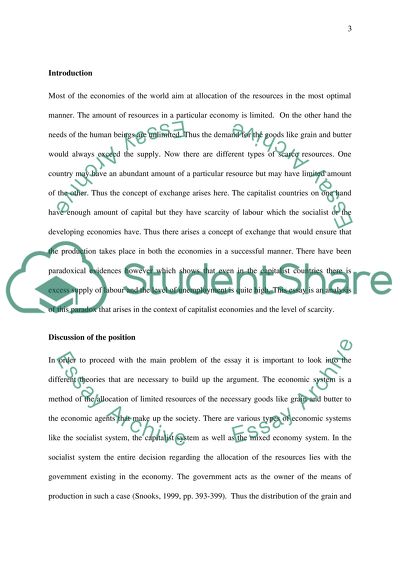Cite this document
(“How can scarcity be a problem in the capitalist economy when the shops Essay”, n.d.)
Retrieved from https://studentshare.org/macro-microeconomics/1498023-how-can-scarcity-be-a-problem-in-the-capitalist
Retrieved from https://studentshare.org/macro-microeconomics/1498023-how-can-scarcity-be-a-problem-in-the-capitalist
(How Can Scarcity Be a Problem in the Capitalist Economy When the Shops Essay)
https://studentshare.org/macro-microeconomics/1498023-how-can-scarcity-be-a-problem-in-the-capitalist.
https://studentshare.org/macro-microeconomics/1498023-how-can-scarcity-be-a-problem-in-the-capitalist.
“How Can Scarcity Be a Problem in the Capitalist Economy When the Shops Essay”, n.d. https://studentshare.org/macro-microeconomics/1498023-how-can-scarcity-be-a-problem-in-the-capitalist.


